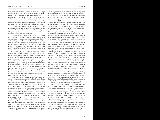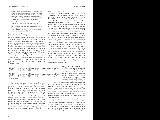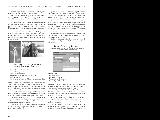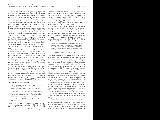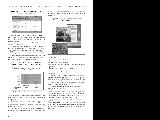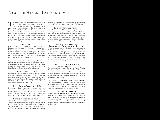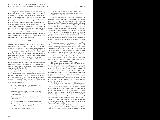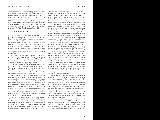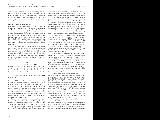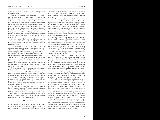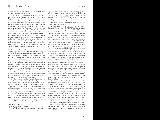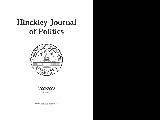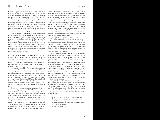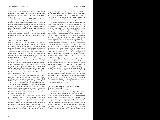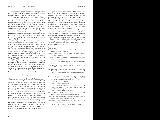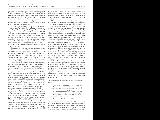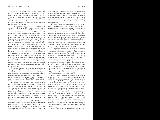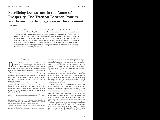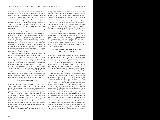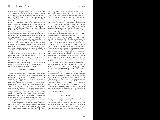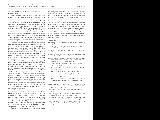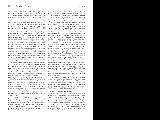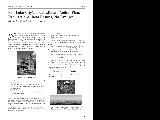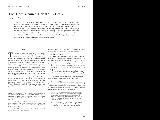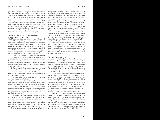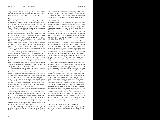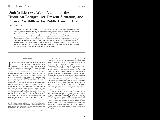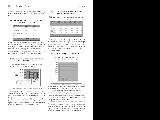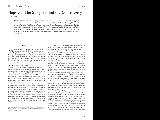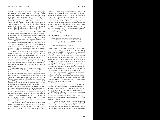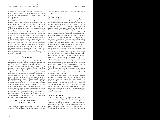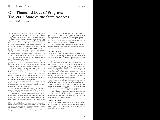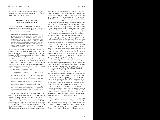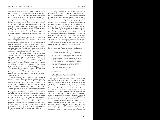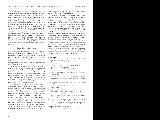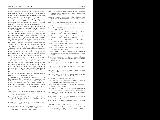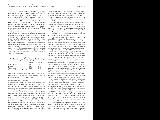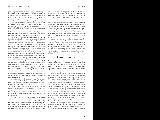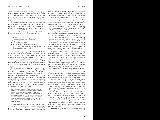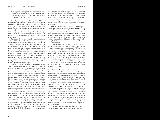| OCR Text |
Show HINCKLEY JOURNAL OF POLITICS 2002/2003 matter (10) emissions. With this information, Salt Lake City is able to monitor our emissions in a efficient and reportable manner. 2001 SALT LAKE CITY GOVERNMENT BASELINE EMISSIONS INVENTORY Due to technological upgrades, data going back to 1990, the baseline year under the Kyoto Protocol, is extremely difficult and expensive to retrieve from our local utilities. Instead, data from 2001 was used to determine our emissions baseline. According to the calculations of the climate protection software, Salt Lake City government operations resulted in the emission of 111,658 tons of equivalent COz in 2001. SALT LAKE CITY GOVERNMENT GREENHOUSE GAS REDUCTION GOAL Meet or exceed the 7% reduction target (from 1990 levels) for the USA as outlined in the Kyoto Protocol. (21% reduction in greenhouse gas emissions from baseline 2001.) According to the US EPA, emissions grew in the United States by 14% from 1990 - 2000. Based on this estimate, Salt Lake City must reduce our 2001 emissions level by 21% to reach our our goal. In real numbers, based on our 2001 inventory, Salt Lake City can meet the reduction goal described for the U.S. in the Kyoto Protocol if its operations do not cause more than 88,210 tons of equivalent COz emissions in 2012. 2002 SALT LAKE CITY GOVERNMENT AIR QUALITY IMPROVEMENTS 2002 measures have reduced criteria pollutants related to poor air quality 22-LI V ff- blLUUuUk "I " hid i TOTALl The previous version of the climate protection software did not include any measurement of criteria air pollutants. However, because of the obvious link between poor air quality and global warming, this data is necessary for a city to determine priority projects that have the greatest impact on improving air quality, while making progress on greenhouse gas reduction goals. MAKING IT REAL: QUANTITATIVE ANALYSIS Salt Lake City Government's Top Three: Electricity, Natural Gas, and Gasoline Once we know our baseline greenhouse gas emissions, we must understand the sources of these emissions in order to most appropriately prioritize and implement projects. The most significant figure on this graph relates to electricity. Electric energy in our region comes almost entirely from coal. Any actions Salt Lake City can take to reduce the amount of energy we consume, or to utilize alternative energy sources, will greatly reduce our impact on global warming and improve our regional air quality. Next to electricity, our top offenders are natural gas and gasoline. Initiatives underway, such as High Performance Buildings, energy efficiency upgrades, and an alternative fuel vehicle fleet will have a major impact on our emissions and MUST be priority projects to reach our emissions goal. 65 |

